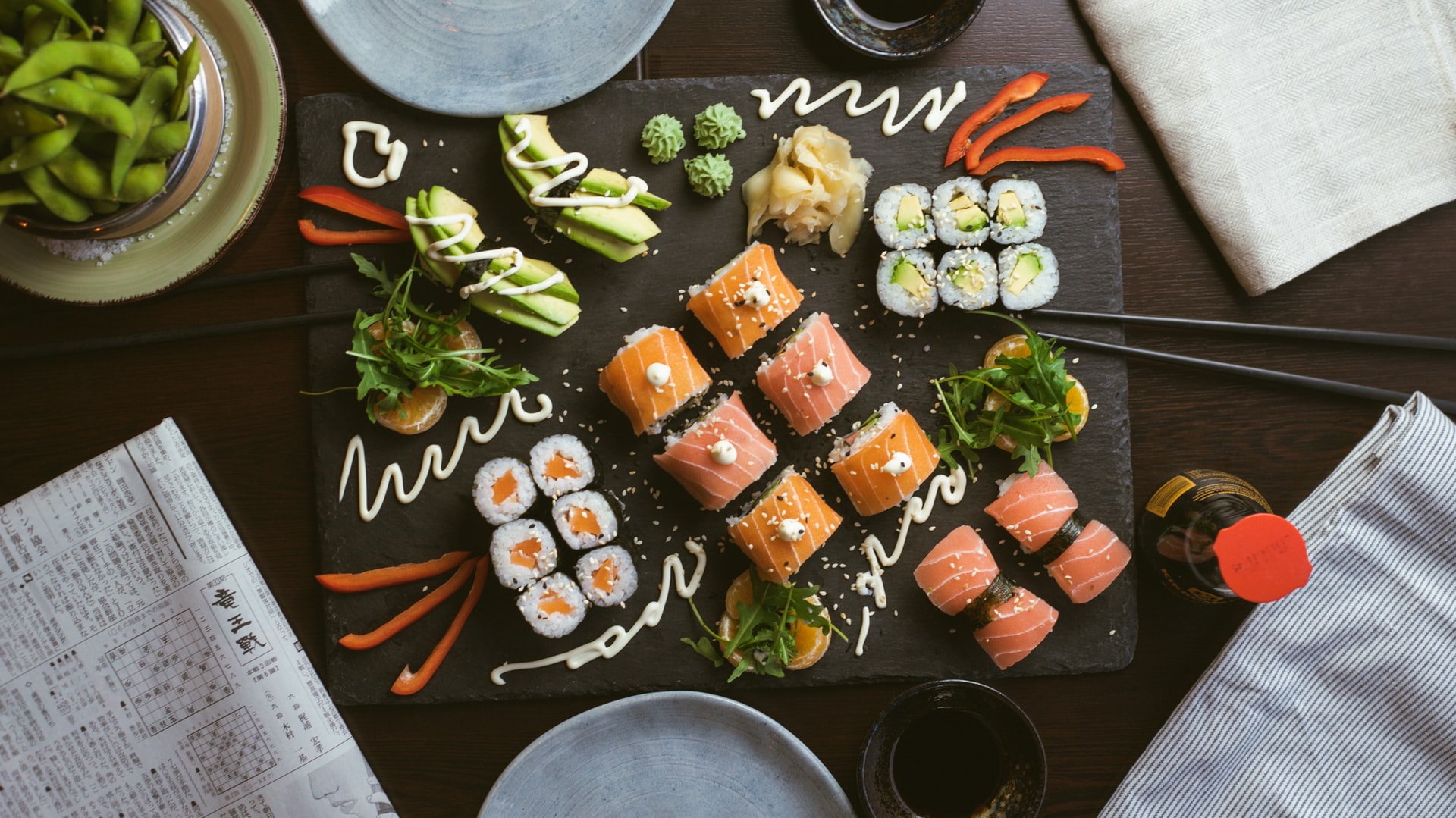
Seafood fraud has been making news this summer, first with a New York Times investigation into claims that Subway tuna sandwiches are made of “anything but tuna”, and then with a report from Oceana indicating high rates of seafood mislabeling in Canada. Both investigations were based on DNA sampling of seafood, from Subway in the case of the New York Times, and from restaurants and retailers in the case of Oceana.
Why does seafood fraud exist? Seafood fraud is probably driven by several causes, but two that stand out are profit and market access. Less expensive seafood might be labeled as a more expensive species to increase profits, and seafood from illegal, unreported, and unregulated (IUU) fishing might be mislabeled so that it can be sold in international markets.
Improved seafood labelling policy and NGO-led traceability initiatives could help reduce fish fraud, but with current high rates of mislabeling in Canada, how can you avoid buying mislabeled seafood? While you might not have access to DNA testing like the New York Times, there are a few things to keep in mind. As reported by Oceana, fish that are visually similar are most often mislabeled; in particular, butterfish and some tuna species. Even though many people are unable to identify popular commercial fish species, it is easier to identify seafood species when purchasing a whole fish. Finally, a little bit knowledge goes a long way; being familiar with how much different types of fish typically cost can help consumers know when mislabeling might be happening – when a price is too good to be true, it probably is.
Photo by Jakub Dziubak on Unsplash










